review Google’s first self-branded 10” tablet looks like a winner on paper. It’s got specifications to match the iPad and some features the iPad doesn’t have, it sells a little cheaper and the Nexus branding promises to make the device the kingpin of build quality when it comes to Android tablets. But does the Nexus 10 perform strongly enough in the hand to challenge Apple’s dominance? Read on to find out.
Design
Over the past several years we’ve become accustomed to fairly humdrum 10” Android tablets. You know the kind I’m talking about – the Asian manufacturers (and some of the US ones) have been churning them out in droves. While they each have their advantages, none so far have really felt exemplary. This breed of tablets has always been a bit too ‘Android-generic’ for my liking. Generally they all look and feel quite similar.
The Nexus 10 changes all that. As soon as you pick up the tablet, you know you’re not playing with just another Android tablet.
The most obvious design inspiration of the Nexus 10 is the Galaxy Note 10.1, another recently released Android tablet which is probably the Nexus 10’s greatest competitor in Australia, apart from the iPad itself. This is fitting, as both the Galaxy Note 10.1 and the Nexus 10 were manufactured by Samsung. However, the Nexus 10 feels like what would happen if Google were to take the Galaxy Note 10.1 and improve on it in quite a few Google-oriented ways.
The first thing you’ll notice about the tablet, for instance, is its rubbery back. Most of it doesn’t have the same dimpled texture that Google’s other self-branded tablet, the Nexus 7 does, although there is a similar panel at the top that does, but the back of the Nexus 10 is still similar in that it’s composed of soft, grippy plastic which is really lovely on the hand. It’s also curved gently at the edges, so that although the Nexus 10 isn’t really thinner than most other Android tablets, it feels a little thinner, as the edges slope down.
The Galaxy Note 10.1 shares this overall design with the Nexus 10, but has hard plastic on its back, not soft grippy plastic. And the Nexus 10 also doesn’t have the metallic rim which the Galaxy Note 10.1 does.
If you flip the tablet over, again you’ll see where Google has improved on Samsung’s original design. Both tablets have a screen of about 10”, surrounded by plastic, but the speakers on the left and right-hand sides of the Nexus 10 are much larger than those on the Galaxy Note 10.1.
Much of the rest of the Galaxy Nexus 10 is as you would expect. There are cameras on the back and front of the device (with a flash on the back). If you hold the Nexus 10 horizontally, on the left-hand side of the tablet’s top sits its on/off button and a volume rocker. On the left-hand side at the top sits the micro-USB port for charging and synching the device, alongside a 3.5mm headphone jack. On its right-hand side is a very welcome addition – a microHDMI port for outputting the Nexus 10’s display to an external monitor or TV. On the bottom of the Nexus 10 is a separate docking port, also used for charging.
The tablet measures 263.9 x 177.6 x 8.9mm and weighs in at 603g – which is a little lighter than Apple’s full-sized iPad at 652g.
Overall, the design of the Galaxy Nexus 10 oozes quality. This isn’t your normal Android tablet. Like the Nexus 10, this is a device which you’ll want to pick up and fondle, and it sits very easily in the hand. We particularly like the grippy back of the Nexus 10; we’ve had a long-running complaint with Apple’s slippy iPad back surfaces.
Features
The Nexus 10 has a number of hero features which really help it stand out from the crowd of Android tablets and put it up alongside the iPad.
For starters, the tablet’s 10” screen runs at a resolution of 2560×1600, delivering a pixel density of 300ppi. When you think about the fact that the Galaxy Note 10.1 only comes in at a resolution of 1280×800, that’s pretty remarkable. And there’s also the fact that even the iPad with Apple’s vaunted Retina Display only features a resolution of 2048×1536 (for a pixel density of 264ppi).
What this means is that the quality of the Nexus 10’s screen is unsurpassed. Want to see pixels up close? You’ll need a magnifying glass to do so on this tablet. Images, text, movies, everything is crystal clear and beautiful on the Nexus 10’s screen.
The other major hero feature of the Nexus 10 is its operating system. The tablet ships with version 4.2 of Google’s Android platform (an updated version of Jelly Bean, version 4.1). We’ve raved in the past about how great Jelly Bean is, with the so-called ‘Project Butter’ making the Android user interface silky smooth and a delight to use, and 4.2 adds a number of new features such as support for multiple accounts, wireless display sharing, a better notification system, panoramic photos with ‘Photo Sphere’, gesture typing on the unit’s on-screen keyboard (similar to the Swype app) and more.
Given that most Android tablets are only now updating gradually from Android 4.0 (Ice Cream Sandwich) to 4.1, having 4.2 on the Nexus 10 is wonderful. Android needs these new features and they’re implemented very well in the Nexus 10.
On other fronts the Nexus 10 is also top-notch. Its screen is covered with version 2 of Corning’s industry-standard Gorilla Glass material, it comes with either 16GB or 32GB of internal storage, 2GB of RAM, a dual-core processor and a quad-core graphics chip, support for the 802.11 b/g/n Wi-Fi standards, Bluetooth and it even has a NFC chip for mobile transactions and quickly sharing files through the Android Beam feature. The unit’s battery is a 9000 mAh Lithium polymer model.
There are perhaps three areas which we can fault the Nexus 10 on when it comes to specifications.
For starter, the unit doesn’t come with a microSD card to expand its storage capacity, something which we know some readers care deeply about. The front-facing camera is a decently rated model at 1.9 megapixels, but the main back camera is only rated at five megapixels – decent for a tablet, but sub-par when compared to the now industry-standard eight megapixel models found on most smartphones. Then there’s the lack of 3G and 4G mobile broadband options – the Nexus 10 only comes with Wi-Fi support. Not everyone cares about this, but some people do – and this is something that the iPad does offer.
Overall, the Nexus 10’s specifications are top-notch, with a few small quibbles which we think most people will easily be able to work around.
Performance
Here’s the good news about the Nexus 10’s performance: It’s stellar all-round, and it beats Apple’s full-sized iPad line in a range of areas, while equalling it in most others.
Let’s start with usability. On both the hardware and software front, the Nexus 10 is a better tablet in terms of its sheer usability than the iPad. The Nexus 10’s rounded corners and soft plastic finish, plus its slightly lighter weight, make it much nicer to hold in the hand than the iPad. It’s grippy and fits your hands well.
On the software front, as we’ve previously written in our review of the Nexus 7, which was the first tablet to ship with Jelly Bean, Jelly Bean is, in our view, the first version of Android which really brings the user interface experience of Android up to par with iOS, and we love how the Nexus 10 is set up. It’s just lovely browsing around the operating system, carrying out daily tasks such as checking email, browsing the web and watching videos, and we actually prefer this Android experience these days to the somewhat stodgy and blocky old iOS. It’s a nicer experience using Jelly Bean than it is using iOS. It’s not such a shocking fact when you consider the fact that iOS’ user interface was designed the best part of a decade ago and has not changed substantially since.
Android 4.2 further improves on Android 4.1, simplifying little tasks such as switching Wi-Fi networks while also adding quite a few new features. Quite simply, as with the Nexus 7, the Nexus 10 is a joy to use in the hand. The combination of the stellar and highly comfortably hardware with its awesome build quality, plus the awesome Jelly Bean Android install, means this is one tablet you won’t want to put down.
As previously mentioned, the Nexus 10’s higher pixel density than the iPad means it’s a slightly nicer experience when it comes to fine detail such as reading text, although the iPad is also excellent in this area. And its speaker placement and size deliver better sound than the iPad, in our opinion, with the Nexus 10’s dual-speakers being less likely to be covered up by a rogue finger than the iPad’s.
In other areas, the Nexus 10 equals the iPad’s quality.
The Nexus 10’s processor has more than enough grunt for whatever you want to throw at it – HD video, games etc, and battery life on the Nexus 10 is also very solid, at least on iPad-like levels. We’ve had the Nexus 10 on our desk at work for more than two weeks now, using it a little every day for the odd task, and we’ve only just now run out of juice. This is the kind of unit you’ll probably need to charge every week or so, like the iPad – rather than every day or so like your smartphone.
Earlier in this review we mentioned the fact that the Nexus 10 has a five megapixel main camera. We tested it out in comparison with the similarly specced camera on the iPad mini, getting the shots below (click for bigger versions). As you can see, the Nexus 10’s camera is very good, although not as quite as awesome as the models found on high-end smartphones these days. You’ll have no problems taking decent shots with it and we think it’s at least as good as the model found on modern iPads.
iPad mini:
Galaxy Nexus 10:
We also took a few shots with the Photo Sphere feature found in Android 4.2. When you’re actually taking the footage, it looks a little weird, but it generally comes out quite well, as the shot below shows. We can see ourselves messing around with this a lot, and we expect it to be a very popular feature. Again, this isn’t available on the iPad.
One other area we should examine in terms of the Nexus 10’s performance is its price. In Australia, the tablet goes for $469 for the 16GB model or $569 for the 32GB model. Although we believe there’s also a little additional shipping charge, that means the Nexus 10 compares favourably with the Wi-Fi full-sized iPad, which goes for $539 for the 16GB model or $649 for the 32G model.
There are really only two areas in which we believe Apple’s full-sized iPad still has the Nexus 10 beat.
Firstly, the Android tablet app ecosystem still isn’t the equal of that found on iOS, and even popular applications such as Amazon’s Kindle app often aren’t quite as good on Android in terms of their quality and featureset as they are on iOS. The situation is rapidly improving, and we have to say we don’t personally find many difficulties in this area at the moment, but the fact is that the app ecosystem is simply better on iOS, and many people already have significant investments in it.
Secondly, there’s the hardware accessory area. The iPad has basically been a hardware standard for a while now, so it’s easy to get a variety of add-ons for it – keyboards, covers, docks and so on. There are iPad/iPhone add-on stores in many popular suburban shopping centres, doing a roaring trade. In comparison, given the multiple Android tablet form factors from many difficult manufacturers (none of which have really taken off yet), when it comes to the Nexus 10, you’re likely to find it very hard to find hardware add-ons for it. This, as with the third-party app ecosystem issue, is a situation which is already changing, but we’d be remiss not to note it in this review.
However, if you set these two factors aside and compare the Nexus 10 to Apple’s full-sized iPad on each tablet’s respective merits, you might find yourself a little surprised.
The Nexus 10 is, in our view, overall a better tablet than Apple’s full-sized iPad. It’s got a better screen with better positioned speakers for a better multimedia experience, it’s more comfortable in the hand by far, it’s lighter and it has a better and more modern software user interface that is an improvement over Apple’s dated iOS UI paradigm. Plus, it’s cheaper to boot. And on virtually every other measure the Nexus 10 equals the iPad’s performance.
The above paragraph is a stunning one to write. Better than the iPad? Am I crazy? No. Pick up a Nexus 10 if you get the chance and verify my findings for yourself.
Conclusion
In many areas, the Nexus 10 has got Apple’s full-sized iPad beat and in most other areas it equals the Apple tablet’s performance. Plus, it’s cheaper. It doesn’t have 3G or 4G speeds, and it doesn’t have the wealth of third-party accessories available that the iPad does; nor is the Android tablet software ecosystem as mature as that available through Apple’s iOS platform. But for our money, it’s a better overall tablet and one we are happy to recommend. Just don’t expect all the third-party apps you want to be available.
We don’t expect the Nexus 10 to really challenge Apple’s full-sized iPad in Australia. For starters, the tablet is currently sold out; clearly Samsung is not manufacturing enough of these babies. And so far Google and Samsung have not been able to get enough Nexus 10 models out into the retail wilderness for the tablet to have any presence in consumers’ minds. Neither have the pair spent enough on marketing to make the Nexus 10 anywhere near the household name that the iPad is.
However, that doesn’t mean the Nexus 10 isn’t a true challenger to the iPad. It absolutely is, and if you’re in the market for a 10” tablet, we highly recommend you give this gem a look. For the first time, Apple’s iPad has real competition in the 10” form factor. And that is a wonderful thing for everyone.
Other reviews we liked of the Galaxy Nexus 10: The Verge, PCWorld Australia, Engadget.
Image credit: Google

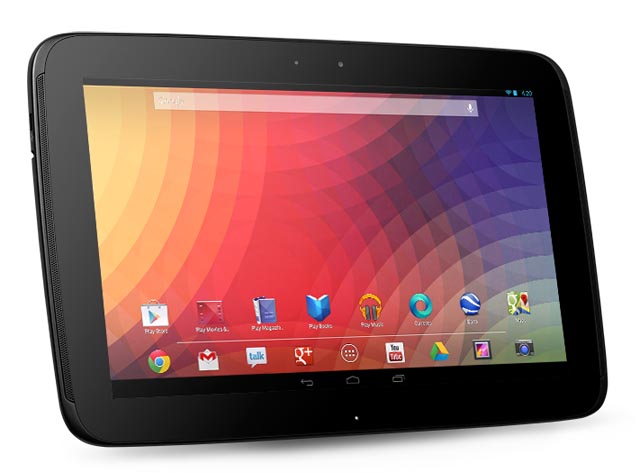
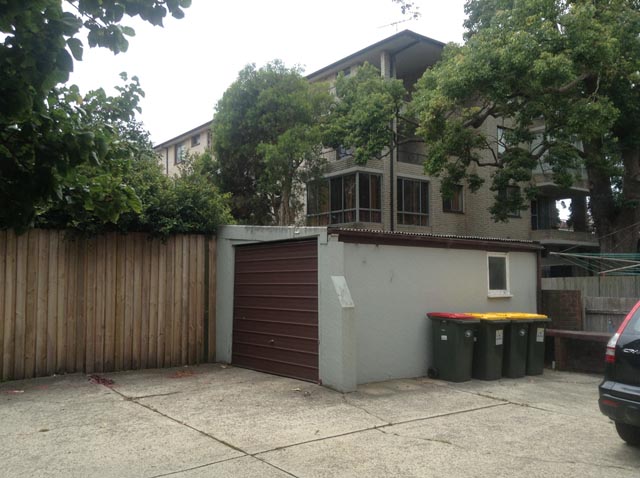
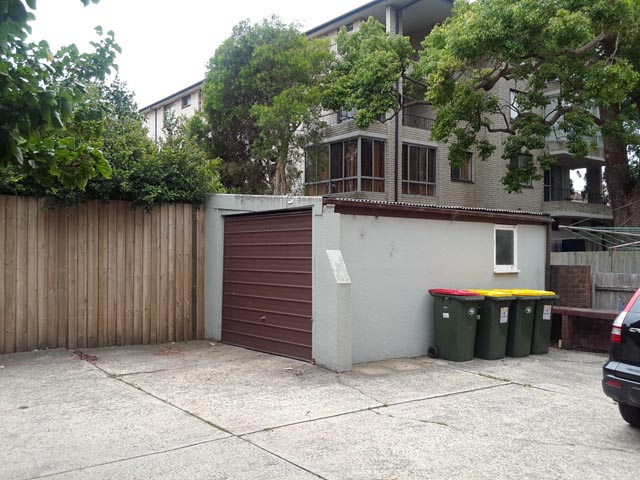
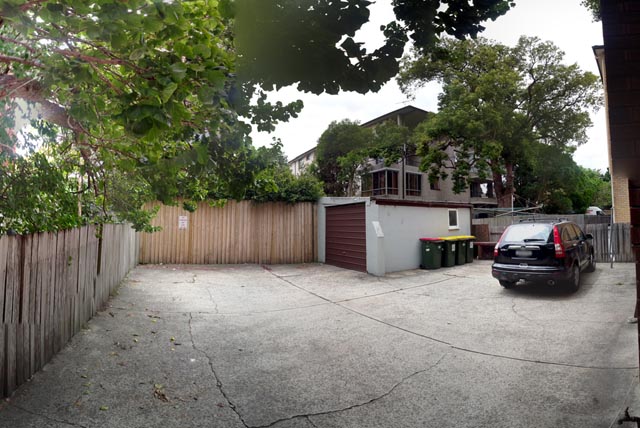
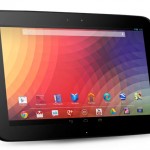
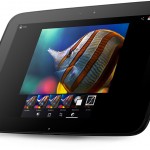
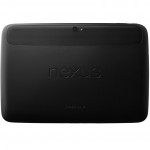
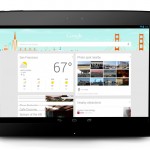
Dammit Renai, now I want to upgrade from my Nexus 7!!
But I might wait till they have a 3G version (as just came out in the 7″ recently…apparently the dock for the 7 is out overseas and coming here any day too).
Noticed that you didn’t mention Video chat as a feature (e.g. Google Hangouts). Which isn’t surprising because the Google Nexus 10 is NOT compatible with Google Hangouts.
This has been an ongoing support issue since the first Nexus 10’s were shipped and Google has done nothing to address or resolve the problem. This does not happen on the iPad, so if you’re awarding points…
Google hangouts work on Apple iPads. Google hangouts DO NOT WORK on Google Nexus 10’s.
If thats the case contact the ACCC, they are advertising hangouts (google nexus 10 hangouts, top hit has a blurb on the nexus 10 store page: “google+hangouts”). Then again I guess buying online means you are actually buying from Ireland or some tax haven… Le sigh.
So just to be clear – you’re saying you think Google hangouts do not work on Google Nexus 10′?
Ok so I’ll use Skype or Tango which do work, or whatever.
Video chat applications don’t work on the n10. Seems like the noise cancelation is also filtering out the users voice. Microphone works fine otherwise.
Using headphones during the chat helps but isn’t perfect.
The biggest issue with the Nexus 4 and 10 is that you cannot find anyone with stock.
I delayed ordering the Nexus 4 because it didn’t have 4G and now I’m starting to regret that. OK know what I’ll be doing when the next Nexus model appears – ordering before it sells out.
FYI, it’s not called the Galaxy Nexus 10, just the Nexus 10.
With Apple having announed 128GB versions of it’s new ipad, local storage is one of the biggest differentiators between the two.
Marketing is an odd beat for Nexus devices. I don’t think I saw a single real ad for the Nexus 7 in Australia, but they were everywhere when I was in the US late last year, both on TV and on billboards and at local malls. This is official ads by Google for the device, mind, not retailer-specific ads.
This is a great product review, enhanced by the odd comment or 2 about lack of Video chat feature.
Has anyone heard any proposed release date for the Nexus 10 3G version in Australia? I’m guessing not, but I’m hoping I’ve missed an update in the tech news somewhere. I won’t buy one unless 3G is included, but I’m happy to either go with a 3G Galaxy or wait for the Nexus. Anything but Apple.
Can i use my 1 tb external hard drive with the nexis 10
Yep. You get USB host. you can mount NTFS drives so your windows formatted HD will work fine. I’ve found (with all my android tablets) that external hard drives that are powered over USB do work but really suck the batter life of the tablet. The ones that have their own AC adapter don’t have that issue.
Why oh why do the manufacturers keep bringing out otherwise great “mobile” devices (tablets, netbooks etc) but insist on not supplying 3G mobility?
Internet marketing 101 … find a customer need and fill it …. is it so hard to figure out from all the forums what the customers top wants are in mobile devices? sigh!
So I too, … like so many others, … will continue to wait for (in my case) a 9~10″, 3G, brand-name tablet (Nexus, Asus etc), with 128GB or better, HDMI, USB Host, SD (or microSD) , fast CPU, decent battery run-time, a half-decent camera and of-course WiFi and Bluetooth …. did I miss anything?
Oh yes and while I’m on my wish-list, how about a Windows OS that doesn’t price the device off the market but does work properly, does run real windows apps and doesn’t reduce the battery to a molten mass in a few short hours!
Comments are closed.